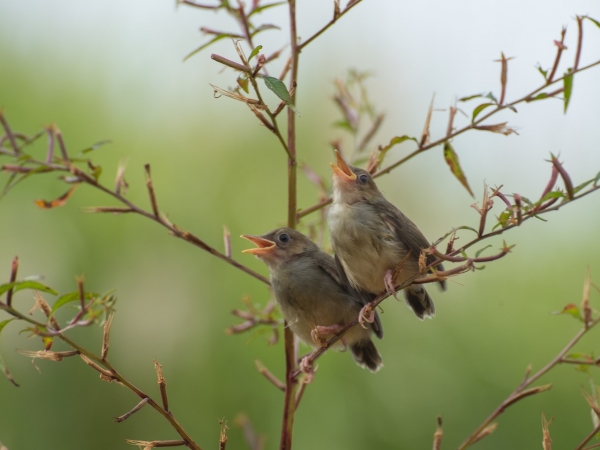Nightingales are well known for their exceptional singing abilities. Researchers from the Max Planck Institute for Biological Intelligence now found that nightingales can flexibly adjust the pitch of certain song parts over a wide range of frequencies to imitate competitors. This strategy is thought to increase their mating chances during the breeding season. Interestingly, the researchers could also observe this behavior in the birds’ wintering grounds in Africa, where they usually do not produce sophisticated song. These findings suggest that a robust neural circuitry allows nightingales to precisely adjust the pitch of their whistle songs to auditory stimuli in real time.
“It was the nightingale and not the lark,” exclaims Juliet in a pivotal scene of Shakespeare’s drama when she speaks to Romeo for the last time. The elaborate singing behavior of nightingales has inspired humans for centuries and has been referenced in literary works such as Homer’s ‘Odyssey’ and John Keats’ ‘Ode to a Nightingale’, to name a few.
Nightingales’ large vocal repertoire and their singing capabilities do not only inspire artists but are a fascinating field for researchers studying vocal communication, too. During the breeding season, nightingales perform singing duels to attract partners and defend their territory. They use a strategy known as song matching, by which male nightingales imitate the songs of their rivals to increase their chances of attracting a female.
Read more at Max-Planck-Gesellschaft
Photo Credit: Gregorius_o via Pixabay


